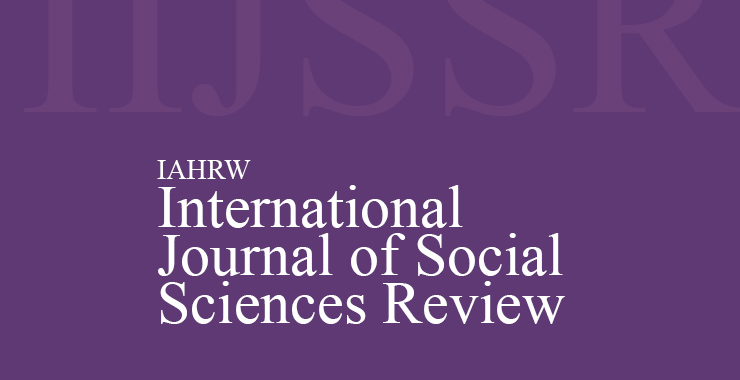Dopamine Nation: Understanding Cravings, Impulses, and the Science of Self-control
Original price was: ₹ 201.00.₹ 200.00Current price is: ₹ 200.00.
Page: 792-795
Aarti1, Varsha Saini2, and Dharambir Singh3 (Department of Human Development and Family Studies, I. C. College of Community Science, CCS Haryana Agricultural University, Hisar, Haryana1,2 and Department of Zoology, CCS Haryana Agricultural University, Hisar, Haryana3)
Description
Page: 792-795
Aarti1, Varsha Saini2, and Dharambir Singh3 (Department of Human Development and Family Studies, I. C. College of Community Science, CCS Haryana Agricultural University, Hisar, Haryana1,2 and Department of Zoology, CCS Haryana Agricultural University, Hisar, Haryana3)
Cravings and impulsive behaviours are largely influenced by the brain’s reward system, specifically dopamine, which plays a central role in motivation and pleasure. However, excessive stimulation through high-reward stimuli-such as junk food, social media, and addictive substances-can lead to dopamine dysregulation, reinforcing compulsive behaviours and reducing self-discipline. This review explores the neurobiology of dopamine, its role in cravings, and mechanisms of dysregulation, including hyperstimulation, dopamine receptor desensitization, and conditioned cravings. Additionally, we examine key biological, psychological, environmental, and genetic factors contributing to cravings and impulsive behaviours, supported by authentic scientific literature. The paper further discusses evidence-based strategies for dopamine regulation, including dopamine detox, cognitive-behavioural interventions, neurochemical approaches (exercise, diet, sleep), and habit modification techniques. Understanding the dopamine-driven craving cycle and its regulation can aid in developing effective self-discipline strategies, reducing compulsive behaviours, and promoting long-term well-being. This review integrates current research to provide a comprehensive framework for managing dopamine balance and fostering healthier behavioural patterns.

